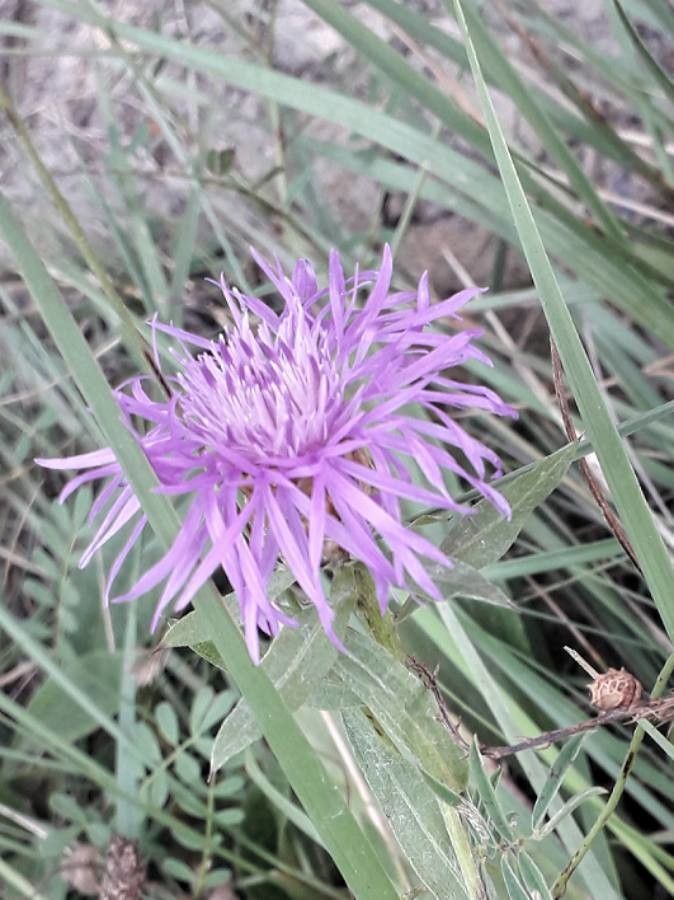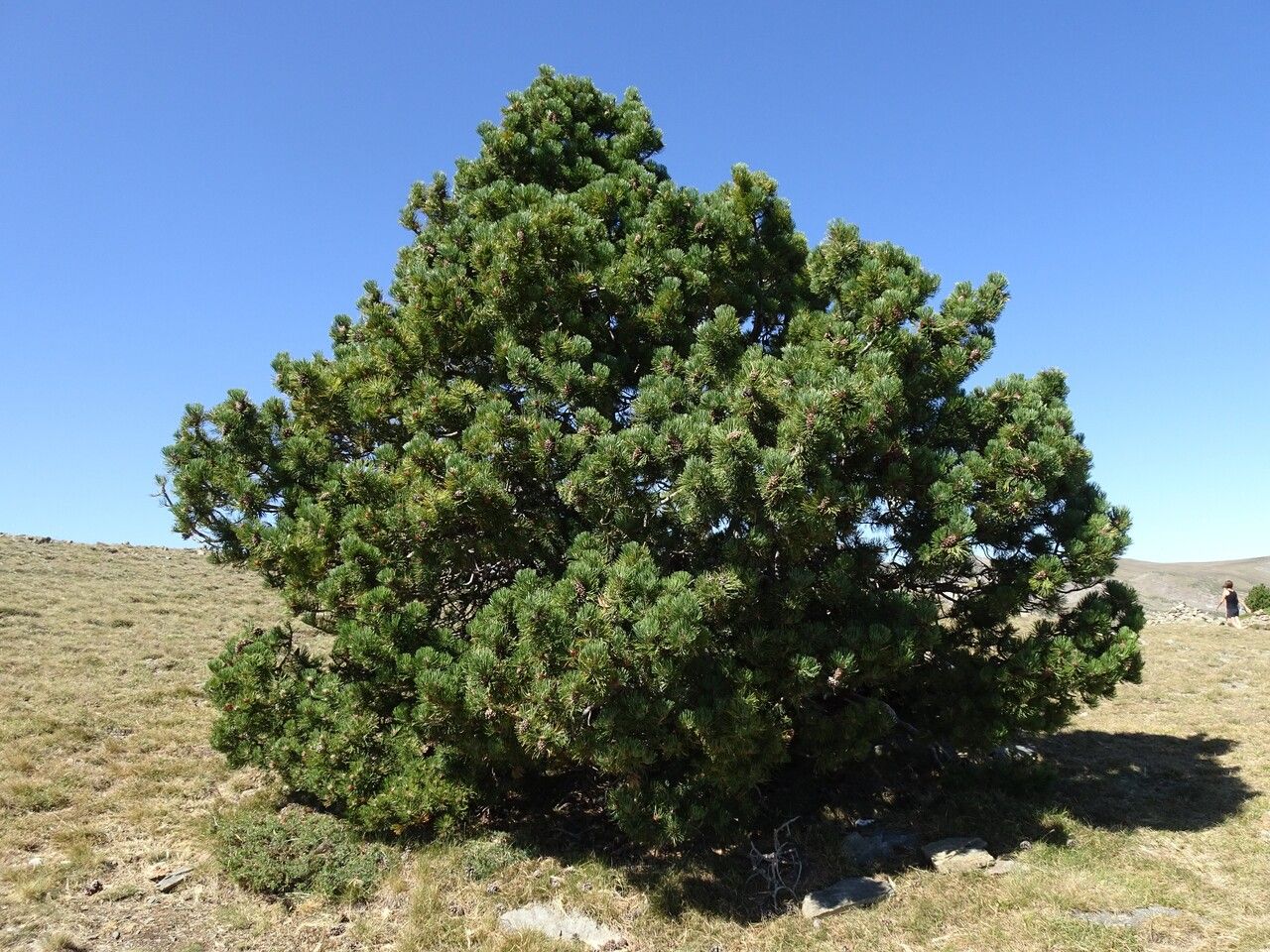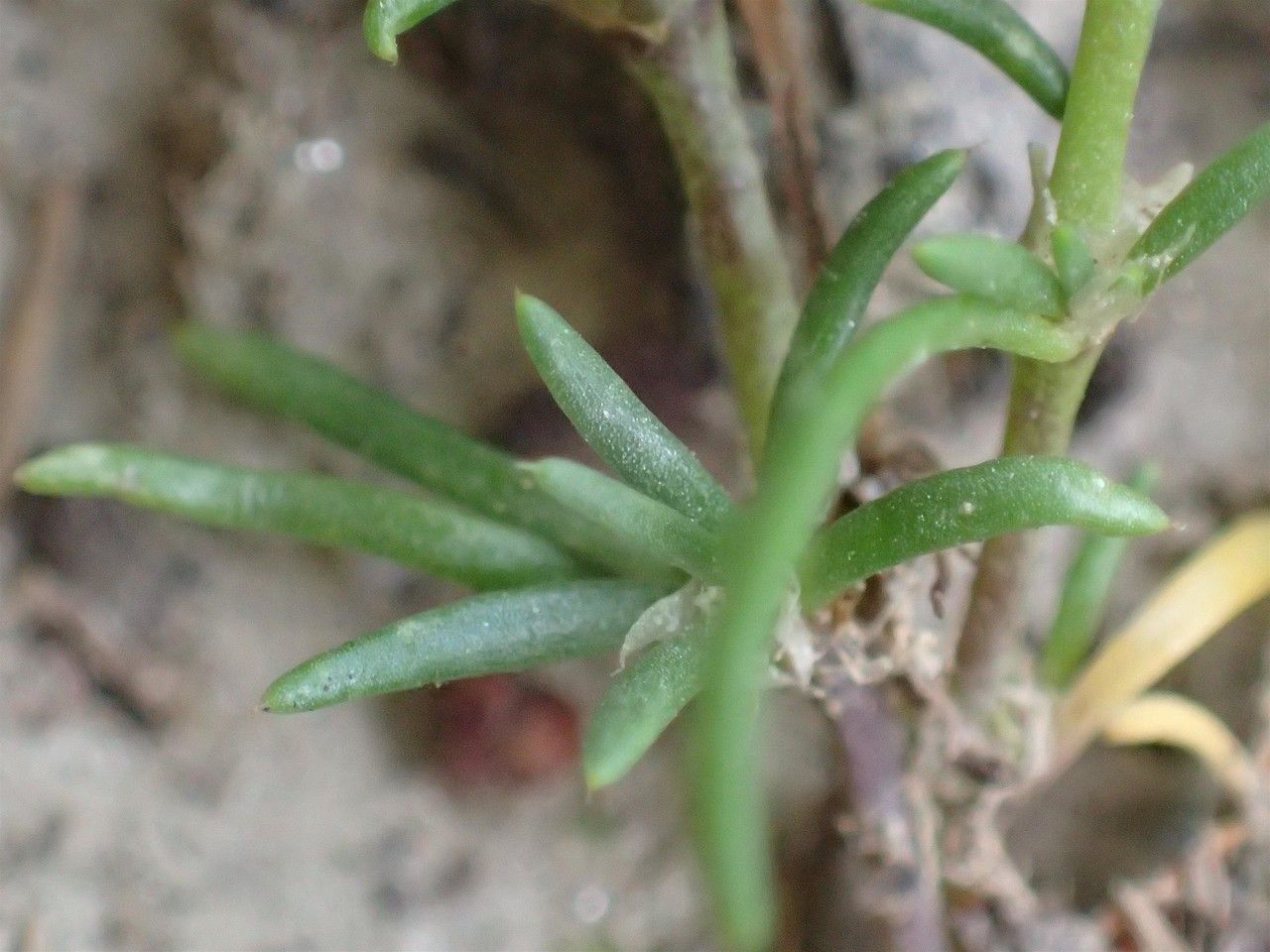### Common Knapweed: A Comprehensive Guide
Common knapweed, scientifically known as *Centaurea nigra*, is a perennial flowering plant belonging to the Asteraceae family, better known as the daisy or sunflower family. This widespread species is easily recognized by its distinctive purple flower heads and is found across various habitats, although it can be considered an invasive species in certain regions. This comprehensive guide will delve into the identification, habitat preferences, soil requirements, and management techniques of this fascinating yet sometimes problematic plant.
### Identification
Identifying common knapweed is relatively straightforward. Look for:
* **Flower Heads:** The most striking feature is its solitary, dark purple flower heads, approximately 1-2 cm in diameter. These flower heads are composed of numerous disc florets and lack ray florets, a characteristic that distinguishes it from some similar-looking species.
* **Leaves:** The leaves are lanceolate (lance-shaped) and alternate, often with smooth edges or subtle teeth. Basal leaves are larger than stem leaves, and often have a slightly hairy texture.
* **Stem:** The stem is erect, usually unbranched, and can grow up to 80cm tall. The overall plant appearance is often quite slender and upright.
* **Habitat:** As described below, it thrives in specific habitats, primarily grasslands and meadows.
It's crucial to differentiate common knapweed from other similar species within the *Centaurea* genus. Consulting detailed botanical illustrations or seeking expert identification can help avoid misidentification.
### Habitat and Growth
Common knapweed thrives in a variety of conditions, exhibiting remarkable adaptability. It prefers:
* **Sun Exposure:** Full sun to partial shade.
* **Soil Needs:** Well-drained soils, ranging from sandy to clay-loam. It tolerates a wide range of pH levels but prefers slightly acidic to neutral conditions.
* **Moisture:** It tolerates both moist and dry soils, demonstrating its resilience to varied environmental conditions.
This species often colonizes disturbed areas, roadsides, grasslands, and meadows, indicating its ability to compete with other plants for resources. Its success lies in its efficient seed dispersal and adaptability to different soil types.
### Management and Control
In certain areas, common knapweed can become a nuisance, either out-competing desirable vegetation or simply becoming an unwanted presence. Management strategies vary based on the severity of infestation and local regulations:
* **Manual Removal:** For small infestations, hand-pulling or digging up plants can be effective, particularly when done before seeds mature. This method is labor-intensive but environmentally friendly.
* **Herbicides:** Selective herbicides can be used to control larger infestations. Always follow label instructions carefully and be mindful of non-target vegetation.
* **Biological Control:** Biological control agents are being explored in some areas to target this plant. However, this method is not always widely available.
### Conclusion
Common knapweed (*Centaurea nigra*) is a fascinating plant with a widespread distribution. Its adaptability and resilience allow it to thrive in various habitats, but its potential invasiveness requires careful management in certain areas. Understanding its identification, preferred growing conditions, and appropriate control measures is crucial for effective management and ensuring biodiversity in local ecosystems.
Common Knapweed: Identification, Care & Control

Frequently Asked Questions
How to identify common knapweed?
Look for its solitary, dark purple flower heads (lacking ray florets), lanceolate leaves, and unbranched stem. Compare it to images and descriptions in field guides for accurate identification.
Is common knapweed invasive?
While not considered as aggressively invasive as some other knapweed species, common knapweed can become a dominant plant in certain habitats, outcompeting native flora. Its invasiveness depends on the location and existing ecosystem.


